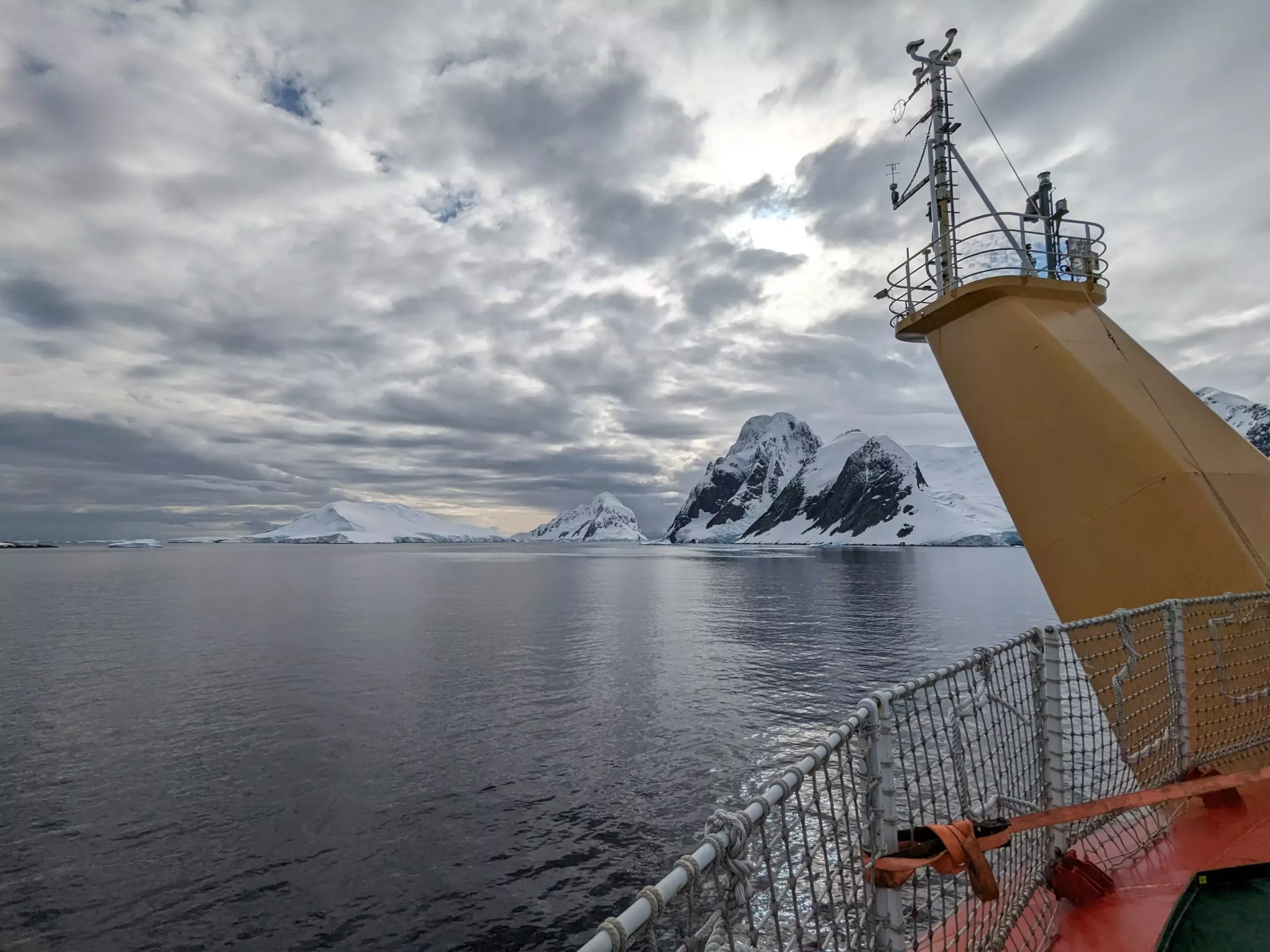Recent research conducted by experts from the University of East Anglia (UEA) and the Plymouth Marine Laboratory (PML) has disrupted long-held beliefs about the carbon dioxide (CO2) absorption capabilities of the Southern Ocean. While it has been widely accepted that this region plays a crucial role in sequestering CO2—essential for mitigating climate change—new findings suggest that it absorbs up to 25% more CO2 than previous estimations. This revelation broadens our understanding of how oceans contribute to global carbon cycles, emphasizing a significant underestimation of their potential in combatting climate change.
Traditionally, estimates regarding the Southern Ocean’s CO2 absorption have relied heavily on indirect techniques using data from ship-based measurements and biogeochemistry models. These approaches produced variable and often conflicting data, leading to significant uncertainty regarding this critical ocean’s role as a carbon sink. However, leverage has been gained through the implementation of a more advanced methodology known as eddy covariance, which employs specialized flux systems on the foremast of research vessels to capture direct measurements of air-sea CO2 exchanges. Through this innovative technique, researchers conducted extensive air-sea flux observations over multiple research cruises, solidifying a more accurate understanding of CO2 dynamics in this vital ecological zone.
All Eyes on the Southern Ocean
The Southern Ocean’s ability to absorb carbon dioxide is not merely an academic interest; it plays a pivotal role in moderating Earth’s overall climate. The ocean surrounding Antarctica acts as one of the most significant global sinks for CO2, an attribute that is vital in efforts aimed at curbing the adverse effects of climate change. Given the present environmental challenges—soaring greenhouse gas levels, rising temperatures, and erratic weather patterns—understanding how much CO2 this region can effectively sequester is more crucial than ever.
The latest findings elucidated that $textit{intense local events}$ of CO2 absorption were often overlooked or averaged out in previous models. This oversight resulted in substantial underestimations and highlights a critical gap in our scientific approaches. Researchers advocated that in future assessments, it’s imperative to embrace temperature adjustments and more refined modeling techniques rather than relying solely on long-term averages that dilute the nuances of episodic events.
The Road Ahead: Challenges and Future Directions
Despite the groundbreaking findings, the scientific community faces significant challenges moving forward. The Southern Ocean remains an unpredictably variable region with seasonal conditions that can alter its dynamics. Additionally, a substantial lack of winter data complicates efforts to grasp the full picture of CO2 absorption, as access to these regions during harsh winter months has been historically limited. Though autonomous platforms, such as buoys and sail drones, are promising avenues to collect this much-needed data, funding and resource allocation remain pressing challenges.
Alarmingly, recent trends have shown a decline in the number of ship-based surface ocean CO2 measurements, exacerbated by the COVID-19 pandemic. Between 2017 and 2021, data submissions to the Surface Ocean CO2 Atlas (SOCAT) dropped by a staggering 35% overall, with Southern Ocean contributions plummeting to a striking 40%. This data gap presents yet another barrier to improved CO2 flux estimates and underscores the urgent need for a renewed commitment to oceanographic research.
Collaborative Efforts and Recommendations
The collaborative nature of the research team—including contributions from esteemed institutions like the Alfred Wegener Institute and the Flanders Marine Institute—exemplifies the global effort required to tackle these complex questions. Their findings add a fascinating layer of credibility to the argument advocating for continued investment and innovation in oceanographic studies. Additionally, as researchers embark on further expeditions, the integration of cutting-edge technologies will illuminate aspects of CO2 dynamics previously obscured by limitations of outdated models.
Moving forward, there’s a need for a concerted push to diversify data collection methodologies. High-frequency measurements across various seasons and regions are crucial to fill knowledge gaps, especially those related to winter periods. Proposals to deploy advanced measurement systems on vessels, alongside autonomous tracking platforms, could catalyze substantial advancements in understanding the Southern Ocean’s carbon absorption capabilities.
Finally, broadening funding avenues, bolstering collaborative networks, and engaging policy-makers will be essential in safeguarding ongoing research endeavors. Only through a collective commitment to understanding our oceans can we hope to leverage their extensive capabilities in combating climatic upheavals. The time for action is now.


Leave a Reply